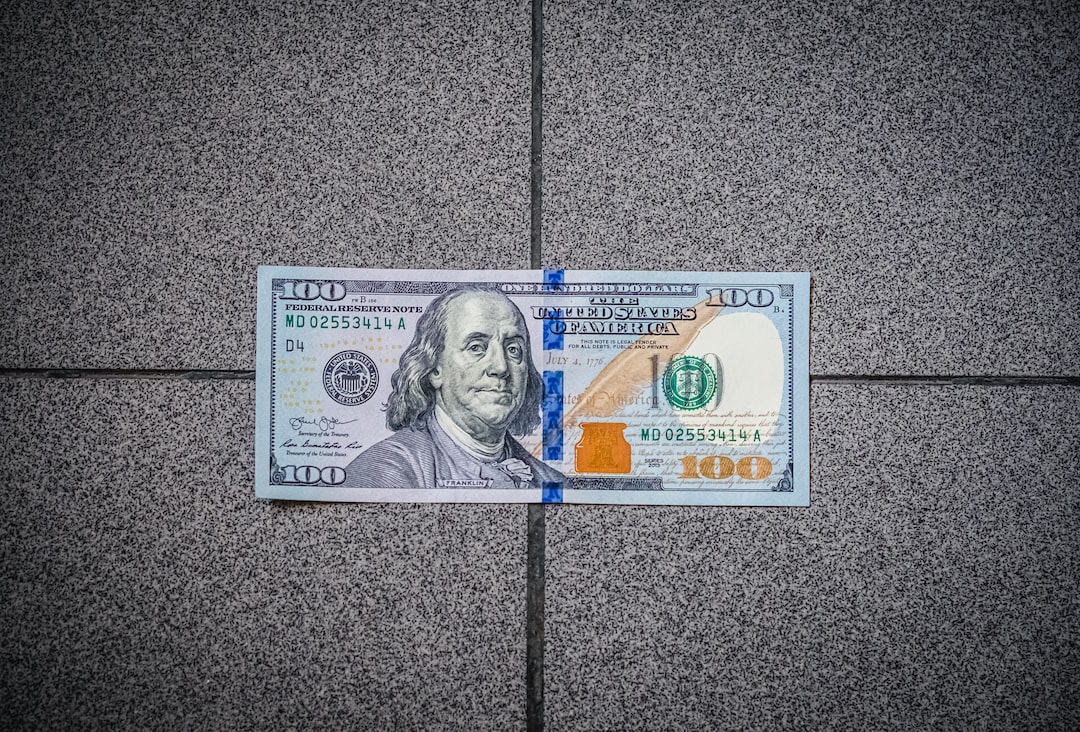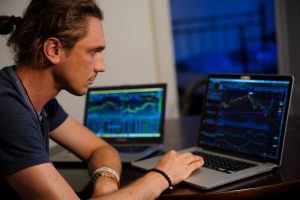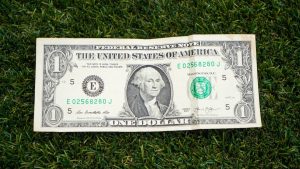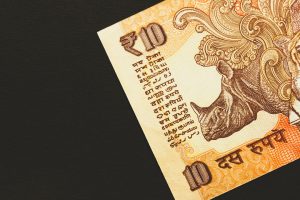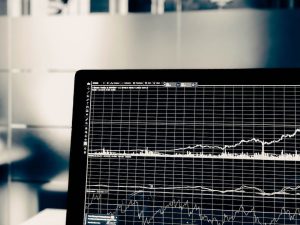Forex trading, also known as foreign exchange trading, is a decentralized market where individuals and institutions buy and sell currencies. It is the largest financial market in the world, with daily trading volumes exceeding $6 trillion. With such vast amounts of money changing hands, it is natural to wonder where the money comes from in forex trading.
In forex trading, money comes from two main sources: speculation and hedging. Speculation involves buying and selling currencies with the aim of making a profit from the fluctuations in their value. Hedging, on the other hand, involves using the forex market to offset the risks of other financial transactions, such as international trade or investments.
Speculators in the forex market include individual traders, institutional investors, and central banks. Individual traders and small investors typically access the forex market through online brokers or trading platforms. They buy and sell currencies in the hope of making a profit from the difference in their exchange rates. Institutional investors, such as banks, hedge funds, and pension funds, also trade in the forex market, but on a much larger scale. They use complex trading strategies and algorithms to take advantage of market trends and movements.
Central banks are also important players in the forex market. They use the market to manage their country’s currency and influence its value. Central banks can intervene in the forex market by buying or selling their own currency, or by adjusting their interest rates. This can have a significant impact on the value of the currency and the overall direction of the market.
Hedging is another source of money in forex trading. Businesses and investors that engage in international trade often use the forex market to manage their currency risk. For example, a company that imports goods from another country may be exposed to currency fluctuations that could affect its profitability. To mitigate this risk, the company may use the forex market to lock in a favorable exchange rate for its future transactions.
Similarly, investors who hold foreign assets may use the forex market to hedge against currency risk. For example, if an investor holds a portfolio of stocks in a foreign country, they may be exposed to currency fluctuations that could affect the value of their investments. To minimize this risk, the investor may use the forex market to buy or sell the relevant currencies.
In addition to speculation and hedging, the forex market also generates money through transaction costs. Brokers and trading platforms charge fees and commissions for facilitating trades in the market. These fees can vary depending on the broker and the size of the trade. However, they are generally lower than the fees charged by traditional financial institutions, such as banks.
In conclusion, the money in forex trading comes from a variety of sources, including speculation, hedging, and transaction costs. Speculators buy and sell currencies with the aim of making a profit from the fluctuations in their value. Hedgers use the market to manage their currency risk, while central banks intervene to influence the value of their country’s currency. Finally, brokers and trading platforms charge fees and commissions for facilitating trades in the market. Understanding these sources of money is crucial for anyone looking to trade in the forex market.

